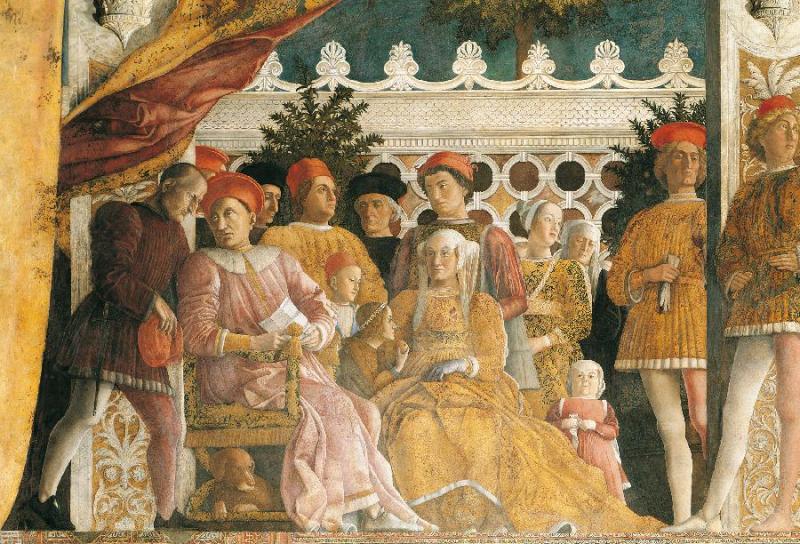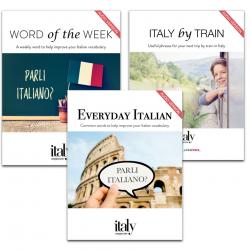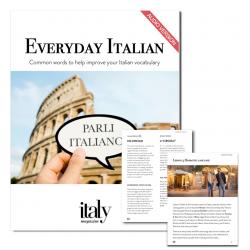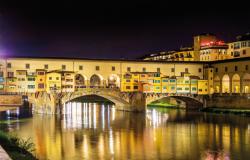Dolce Vita of the Renaissance Courts
ITA:

Use player to listen to Italian version
For the Renaissance lords of Italy, courts were the places where they could rest from the strain of wars and government, where to enjoy the pleasures of life, make important alliances and show off their wealth and power.
Hosting dinners was a major pastime, although calling them ‘dinners’ would be downplaying: they were sophisticated banquets complete with entertainment activities where every detail was taken care of with extreme care, starting with the location: the garden of a countryside estate in warm weather, or the most beautiful room of the palace in winter. When inside, rooms were lavishly decorated with tapestries and precious fabrics, festoons and garlands with scented flowers and leaves. Dish and cutlery sets were luxurious as all the rest, with splendid containers made of the most precious materials.
Before the meal began, guests were entertained with dance and music shows, and even between one course and the next. Dwarfs and court jesters were also very popular. The choreography of it all was carefully studied as the main goal was to impress.
At the Renaissance courts there were many moments during the day devoted to ozio, leisure time. One of the favorite pastimes was chess, enjoyed especially because it was sort of a symbolic representation of war, as it implied a series of strategic choices to defeat the enemy and seize his king.
Another favorite game at the Renaissance courts was tarot cards, which were not used the same way as they are today, but rather more similar to a briscola game. Every card move was accompanied by a reference to classical culture or religion, therefore the game was not just pure entertainment, but also an intellectual exercise. Cards, slightly larger than they are today, were hand painted and lavishly decorated with gold and silver.
Theater was another passion of the lords of the Renaissance, who enjoyed attending comedies.
Per i signori del Rinascimento in Italia, le corti rappresentavano i luoghi dove riposarsi dalle tensioni delle guerre e del governo, dove godersi i piaceri della vita, stringere alleanze importanti e mostrare la loro ricchezza e potere.
Organizzare cene era uno dei passatempi preferiti, anche se chiamarle ‘cene’ sarebbe riduttivo: si trattava in realtà di banchetti molto sofisticati che includevano attività di intrattenimento, dove ogni dettaglio era studiato con estrema cura, a partire dal luogo prescelto per l’evento: il giardino di una tenuta di campagna quando il clima lo consentiva, o la stanza più bella del palazzo nella stagione invernale. All'interno, le stanze erano riccamente decorate con arazzi e tessuti preziosi, festoni e ghirlande con foglie e fiori profumati. I servizi di piatti e posate erano lussuosi come tutto il resto, con splendidi contenitori realizzati con i materiali più preziosi.
Prima dell'inizio del pasto, gli ospiti erano intrattenuti con spettacoli di danza e musica, e persino tra una portata e l'altra. Anche i nani e i giullari di corte erano molto richiesti. L’intera coreografia era attentamente studiata in quanto l'obiettivo principale era quello di fare colpo.
Alle corti rinascimentali vi erano molti momenti durante il giorno dedicati all'ozio. Uno dei passatempi preferiti era il gioco degli scacchi, apprezzato soprattutto perché era una specie di rappresentazione simbolica della guerra, poiché implicava una serie di scelte strategiche per sconfiggere il nemico e conquistare il suo re.
Un altro gioco preferito alle corti del Rinascimento erano i tarocchi, che non erano usati allo stesso modo di oggi, ma erano più simili a una partita di briscola. Ogni mossa era accompagnata da un riferimento alla cultura classica o alla religione, quindi il gioco non era solo puro intrattenimento, ma anche un esercizio intellettuale. Le carte, leggermente più grandi di quelle odierne, erano dipinte a mano e riccamente decorate con oro e argento.
Il teatro era un'altra passione dei signori del Rinascimento, che amavano assistere alla rappresentazione di commedie.











